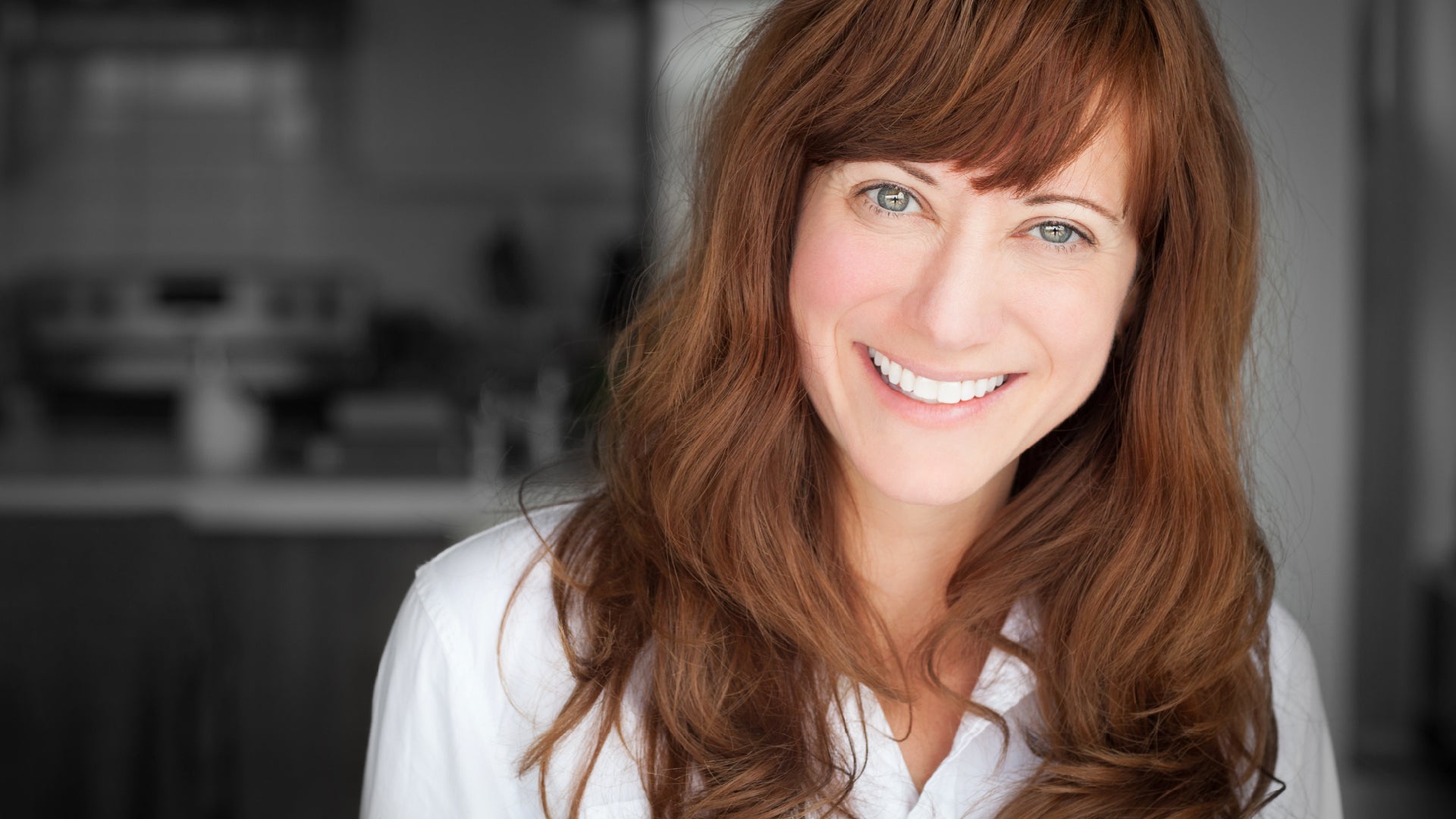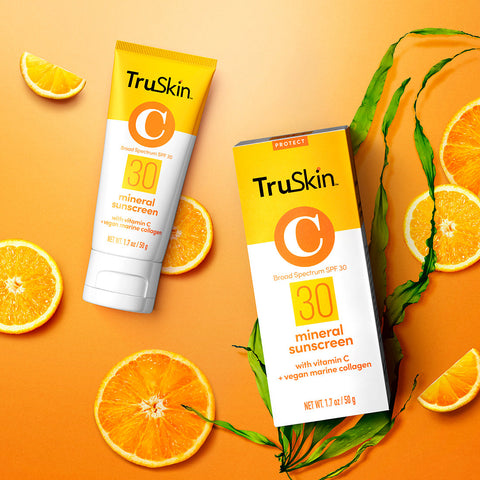
Why Face Serums Are The Key To A Winning Skincare Routine
For many years, the only serum to be concerned about was the stuff you’d put on your hair in a bid to ward off humidity-induced frizz. Then serums started to creep into skincare and bam, suddenly you couldn’t move for those potent little jars of antioxidant-packed, hydration-promoting or acne-preventing face serums.
Nowadays, ask any dermatologist for their top five recommendations for healthy, ageless skin and some kind of serum will be right up there. The problem is, skin serums create all manner of bewilderment for us mere mortals. They can be moisturizing, but should never be confused with moisturizers. They can also help protect your skin from UV damage, yet they’re definitely not sunscreens either.
Mind. Officially. Blown.
So, what’s the definition of a face serum and why are they integral to the look and feel of your skin? Herein, the ten things you need to know about these small but perfectly formed skincare treatments.
1. First things first, what is a face serum? Simply put, it’s a light, fast-absorbing product that’s usually clear and either gel- or liquid-based. Serum is applied after cleansing and toning, but before moisturizing and, depending on the type of serum you choose, is used to help hydrate, protect and/or treat various skin concerns. Think of it as a small but super-powerful boost to your normal routine.
2. Without sounding too much like a lesson from 8th grade chemistry, the boosting powers of a face serum comes from its molecular make up. Serums, you see, are made up of much smaller molecules than regular lotions or creams. This means your skin is able to absorb whatever ingredients they contain quicker and deeper than other, thicker products.
3. Does this mean serums are better than moisturizers? Well, yes and no. While the molecular, water-based structure of serums allows them to be packed with a higher concentration of nutrients and active ingredients – often including humectants such as hyaluronic acid – what serums don’t contain are the thicker, heavier moisturizing ingredients known as occlusives.
Occlusives such as shea butter, petrolatum, coconut oil and squalane are the base of many moisturizers because they form a kind of barrier over the skin to help prevent transepidermal water loss. And this, dear friends, is why serum and moisturizer work so well as a team. First, your serum delivers the active ingredients deep into your skin to target any particular concerns you may have, then your moisturizer locks all those ingredients in. Clockwork.
4. Speaking of skin concerns, serums come in all guises to help treat everything from pigmentation issues through to acne, fine lines, excess sebum and poor texture. But they’re not for everyone. If you have any kind of chronic skin condition, such as eczema, psoriasis or rosacea, tread carefully. These conditions all work to weaken the skin’s natural protective barrier which means that serums may be too potent and could cause you further irritation and sensitivities.
5. Sensitive skin types should also be careful of diving head first into a vat of potent serums because of their high dosage of active ingredients like retinol, vitamin C and other antioxidants. While these ingredients are usually well tolerated by most skin types, if you’re sensitive and worried a new treatment serum might cause flare-ups, try applying it on alternate days to begin with. You can then up your usage if and when your skin acclimates.
6. There are many ingredients to choose from that have been tried, tested and clinically-proven to target and visibly improve various skin concerns. We’re not going to keep you here for hours going through a long list of them all, but here are a few we firmly believe in.
Glycolic Acid: an alpha hydroxy acid (AHA) that’s great for brightening and gently exfoliating.
Hyaluronic Acid: the hydrating genius, perfect for all skin types.
Niacinamide: a water-soluble form of vitamin B3 that helps strengthen sensitive skin.
Retinol: a derm favorite and the ideal overnight anti-aging treatment.
Salicylic Acid: a pore-unclogging beta hydroxy acid (BHA) that helps dissolve dead skin cells and calm breakouts.
Vitamin C: a potent antioxidant that helps reduce pigmentation and brighten dull skin.
7. You may be a whizz when it comes to creating kick-ass Friday night cocktails, but skincare cocktailing is much more of a fine art. Reckon your skin will be perfectly OK if you overload it with acids, vitamins and other active ingredients? Well, the truth is, it might not, so either stick with one in the morning and one at night, or leave it to the professionals (er, hello!) to formulate the perfect blend of advanced, all-in-one serums.
8. When it comes to applying your serum like a true pro, the rules are simple. Smooth it on your skin after cleansing and toning, but before moisturizing, and remember, a little goes a long way. Most products give a guideline as to how much you should use, but serums are super-potent, so one or two drops is usually enough.
To really a pack a punch, you could also try applying serum while your skin is still slightly damp after cleansing and toning. This will vamp up penetration even more. Word of warning, though, if you have sensitive skin, ensure your skin is totally dry and wait 10 minutes between cleansing and applying serum. After serum, wait another few minutes before applying moisturizer, followed by a broad-spectrum sunscreen in the morning.
9. Small, visible benefits from a serum can often be seen in a matter of days, but just because serums are packed with potent ingredients, this doesn’t mean they’re miracle-workers. For the best results, always give your product six or seven weeks to do its best work.
10. As with most skincare products, not all serums are created equal, so it’s always smart to read the labels and educate yourselves on the best ingredients as well as their ideal concentrations. And remember, just because a serum costs $200, this doesn’t mean it’s necessarily better than one that’s a tenth of the price. Most of that $200 is going towards advertising, fancy packaging and celebrity endorsements, so just because the latest it-girl is worth it, this doesn’t guarantee the serum is. Just saying.











